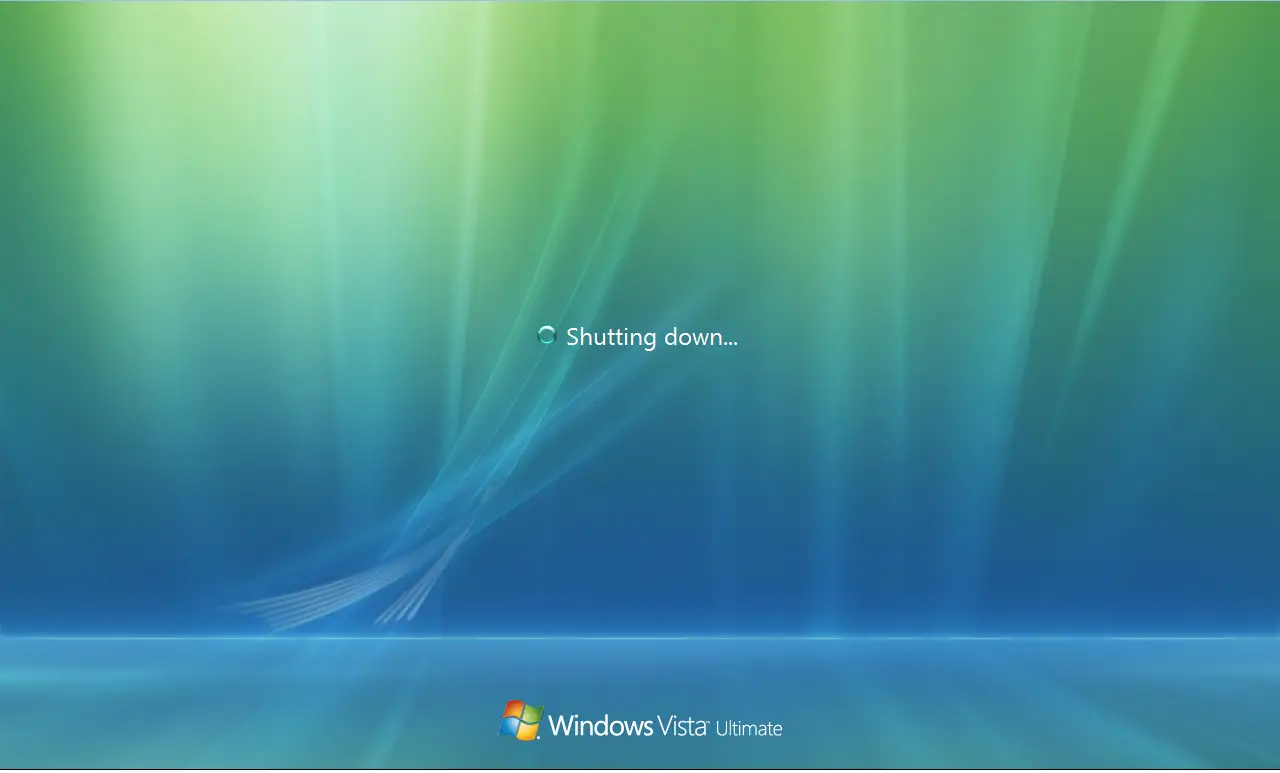Download zee tv app. Windows Vista Home Premium Service Pack 2 64 Bit No Product Key Required! Windows Vista Activation Is Included In The Torrent.

Windows Vista Service Pack 1. This is a DVD ISO image and contains both x86 and x64 versions of Windows. Windows Vista Home Premium 64-bit. Click the given links to download complete Windows Vista ISO bootable Image 32bit/64bit i.e. You can also download Windows 7 Professional. Microsoft Windows 7 Home Premium ISO Free Download.

Windows Vista Windows Vista is an operating system released in several variations developed by Microsoft for use on personal computers, including home and business desktops, laptops, tablet PCs, and media center PCs. Prior to its announcement on July 22, 2005, Windows Vista was known by its codename 'Longhorn.' Development was completed on November 8, 2006; over the following three months it was released in stages to computer hardware and software manufacturers, business customers, and retail channels.
On January 30, 2007, it was released worldwide, and was made available for purchase and download from Microsoft's website. The release of Windows Vista came more than five years after the introduction of its predecessor, Windows XP, the longest time span between successive releases of Microsoft Windows desktop operating systems. It was succeeded by Windows 7 which was released to manufacturing on July 22, 2009, and for the general public on October 22, 2009. Windows Vista contains many changes and new features, including an updated graphical user interface and visual style dubbed Aero, a redesigned search function, multimedia tools including Windows DVD Maker, and redesigned networking, audio, print, and display sub-systems. Vista aims to increase the level of communication between machines on a home network, using peer-to-peer technology to simplify sharing files and media between computers and devices. Windows Vista includes version 3.0 of the.NET Framework, allowing software developers to write applications without traditional Windows APIs. Microsoft's primary stated objective with Windows Vista has been to improve the state of security in the Windows operating system.
One common criticism of Windows XP and its predecessors is their commonly exploited security vulnerabilities and overall susceptibility to malware, viruses and buffer overflows. In light of this, Microsoft chairman Bill Gates announced in early 2002 a company-wide 'Trustworthy Computing initiative' which aims to incorporate security work into every aspect of software development at the company. Microsoft stated that it prioritized improving the security of Windows XP and Windows Server 2003 above finishing Windows Vista, thus delaying its completion. While these new features and security improvements have garnered positive reviews, Vista has also been the target of much criticism and negative press. Criticism of Windows Vista has targeted its high system requirements, its more restrictive licensing terms, the inclusion of a number of new digital rights management technologies aimed at restricting the copying of protected digital media, lack of compatibility with some pre-Vista hardware and software, and the number of authorization prompts for User Account Control. As a result of these and other issues, Windows Vista had seen initial adoption and satisfaction rates lower than Windows XP.
However, with an estimated 330 million Internet users as of January 2009, it had been announced that Vista usage had surpassed Microsoft’s pre-launch two-year-out expectations of achieving 200 million users. At the release of Windows 7 (October 2009), Windows Vista (with approximately 400 million Internet users) was the second most widely used operating system on the Internet with an approximately 18.6% market share, the most widely used being Windows XP with an approximately 63.3% market share. As of the end of May 2010, Windows Vista's market share estimates range from 15.26% to 26.04%. Windows Vista is intended to be a technology-based release, to provide a base to include advanced technologies, many of which are related to how the system functions and thus not readily visible to the user.
An example is the complete restructuring of the architecture of the audio, print, display, and networking subsystems; although the results of this work are visible to software developers, end-users will only see what appear to be evolutionary changes in the user interface. Download dolphin emulator pro alpha for android. Vista includes technologies such as ReadyBoost and ReadyDrive which employ fast flash memory (located on USB drives and hybrid hard disk drives) to improve system performance by caching commonly used programs and data. This manifests itself in improved battery life on notebook computers as well, since a hybrid drive can be spun down when not in use. Another new technology called SuperFetch utilizes machine learning techniques to analyze usage patterns to allow Windows Vista to make intelligent decisions about what content should be present in system memory at any given time. It uses almost all the extra RAM as disk cache. In conjunction with SuperFetch, an automatic built-in Windows Disk Defragmenter makes sure that those applications are strategically positioned on the hard disk where they can be loaded into memory very quickly with the least amount of physical movement of the hard disk’s read-write heads.